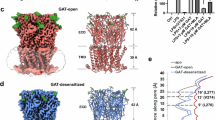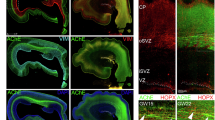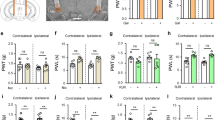Abstract
The tryptophan metabolite, kynurenic acid (KYNA), is classically known to be an antagonist of ionotropic glutamate receptors. Within the last decade several reports have been published suggesting that KYNA also blocks nicotinic acetylcholine receptors (nAChRs) containing the α7 subunit (α7*). Most of these reports involve either indirect measurements of KYNA effects on α7 nAChR function, or are reports of KYNA effects in complicated in vivo systems. However, a recent report investigating KYNA interactions with α7 nAChRs failed to detect an interaction using direct measurements of α7 nAChRs function. Further, it showed that a KYNA blockade of α7 nAChR stimulated GABA release (an indirect measure of α7 nAChR function) was not due to KYNA blockade of the α7 nAChRs. The current study measured the direct effects of KYNA on α7-containing nAChRs expressed on interneurons in the hilar and CA1 stratum radiatum regions of the mouse hippocampus and on interneurons in the CA1 region of the rat hippocampus. Here we show that KYNA does not block α7* nACHRs using direct patch--clamp recording of α7 currents in adult brain slices.
Similar content being viewed by others
Article PDF
Author information
Authors and Affiliations
Corresponding author
Rights and permissions
About this article
Cite this article
Dobelis, P., Varnell, A., Staley, K. et al. Nicotinic α7 acetylcholine receptor-mediated currents are not modulated by the tryptophan metabolite kynurenic acid in adult hippocampal interneurons. Nat Prec (2011). https://doi.org/10.1038/npre.2011.6277.1
Received:
Accepted:
Published:
DOI: https://doi.org/10.1038/npre.2011.6277.1
Keywords
This article is cited by
-
Neurotranmission systems as targets for toxicants: a review
Cell Biology and Toxicology (2013)



